| Binder Covers for Teachers |
www.studenthandouts.com > Classroom Organization >Printable Binder Covers |
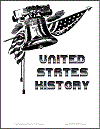 |
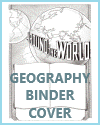 |
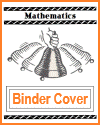 |
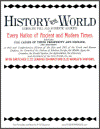 |
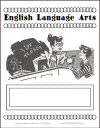 |
||||||
| United States History (Three Versions) | Around the World | Mathematics with Spine Label | World History Cover with Spine Label | English Language Arts (ELA) |
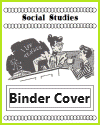 |
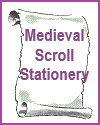 |
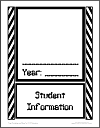 |
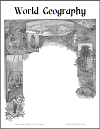 |
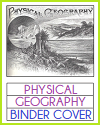 |
||||||
| Social Studies with Spine Label | Medieval Scroll | Student Information | World Geography | Physical Geography |
Three-ring binders are valuable organizational tools that can assist teachers in keeping their teaching materials organized in an efficient and structured manner.
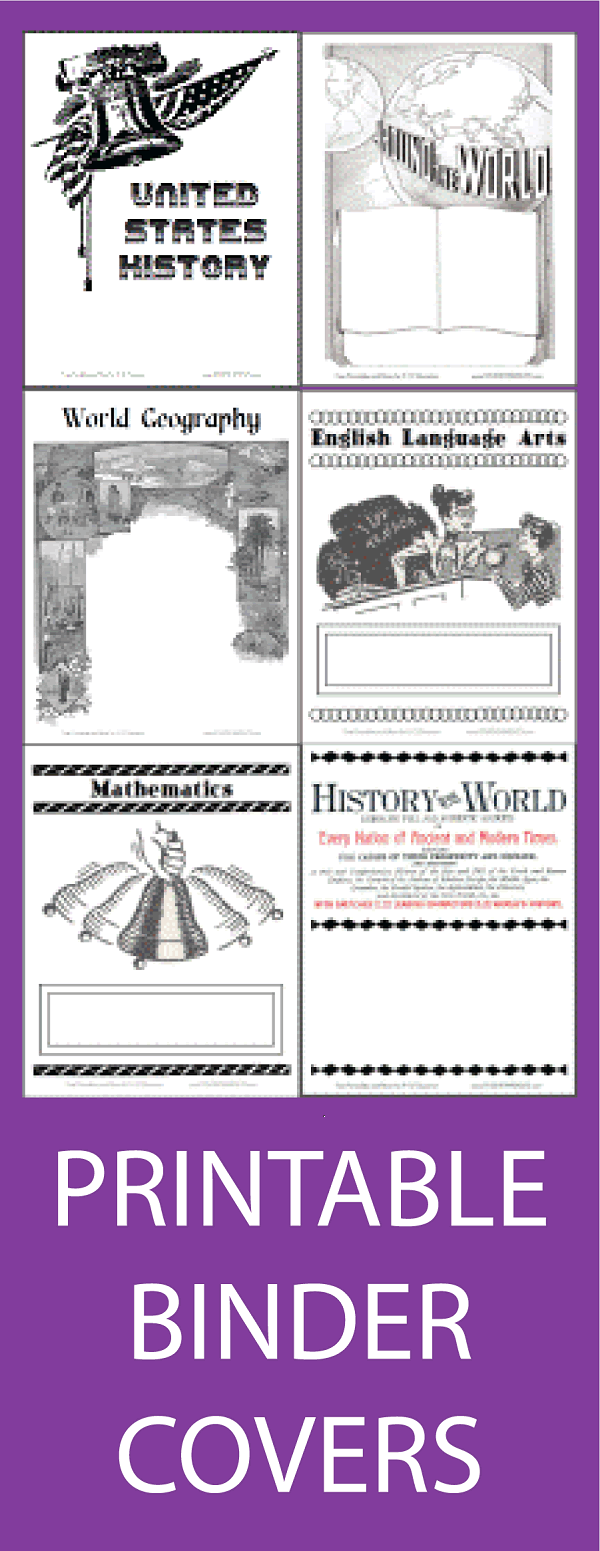 Easy Categorization: Teachers can use separate binders for different subjects, grade levels, or units of study. This makes it simple to categorize and store materials according to their relevance.
Easy Categorization: Teachers can use separate binders for different subjects, grade levels, or units of study. This makes it simple to categorize and store materials according to their relevance.
Customization: Binders allow for customization of content. Teachers can insert dividers or tabs to create sections within the binder, making it easy to locate specific materials. Document Protection: Binders offer protection for documents, worksheets, lesson plans, and other teaching materials. They shield materials from wear and tear, spills, and damage. Accessibility: Three-ring binders are easy to open, close, and flip through. Teachers can quickly access the materials they need during lessons, meetings, or when preparing for class. Versatility: Binders can accommodate various types of materials, including loose papers, sheet protectors, clear pouches for small items, and even storage for CDs or DVDs. Long-Term Storage: Binders are suitable for long-term storage of important documents and resources. Teachers can archive materials they may need in the future, such as curriculum guides or reference materials. Organization of Handouts: Teachers can collect handouts, assignments, and worksheets in binders. This ensures that students have easy access to class materials and a handy place to store them. Lesson Planning: Teachers can create a section in their binder specifically for lesson planning. This can include weekly or unit planning sheets, pacing guides, and notes related to instructional strategies. Professional Development: Binders are useful for organizing materials from professional development workshops, conferences, and seminars. Teachers can keep notes, handouts, and certificates in one place. Parent communication: Teachers can use binders to organize parent communication materials, such as newsletters, calendars, and permission forms. This makes it easier to share information with families. Data Management: Binders can be used for organizing student assessment data, progress reports, and other records. This helps teachers track student performance and identify areas for improvement. Resource Cataloging: Teachers can create a catalog of teaching resources in a binder. This can include lists of books, websites, and supplementary materials that support their curriculum. Professional Portfolios: For educators who need to maintain professional portfolios for evaluations or career development, binders provide a structured format for showcasing accomplishments and evidence of teaching effectiveness.  Collaboration: Binders can be shared with colleagues to facilitate collaboration. Teachers can organize shared resources, curriculum materials, and collaborative projects within a binder. Collaboration: Binders can be shared with colleagues to facilitate collaboration. Teachers can organize shared resources, curriculum materials, and collaborative projects within a binder.
Time Management: By keeping teaching materials well-organized in binders, teachers can save time searching for materials and streamline their daily routines. To maximize the benefits of using three-ring binders, teachers should establish a system for labeling, filing, and regularly updating their materials. This organizational habit can contribute to a more efficient and productive teaching experience, benefiting both educators and their students. |
www.studenthandouts.com > Classroom Organization >Printable Binder Covers |






